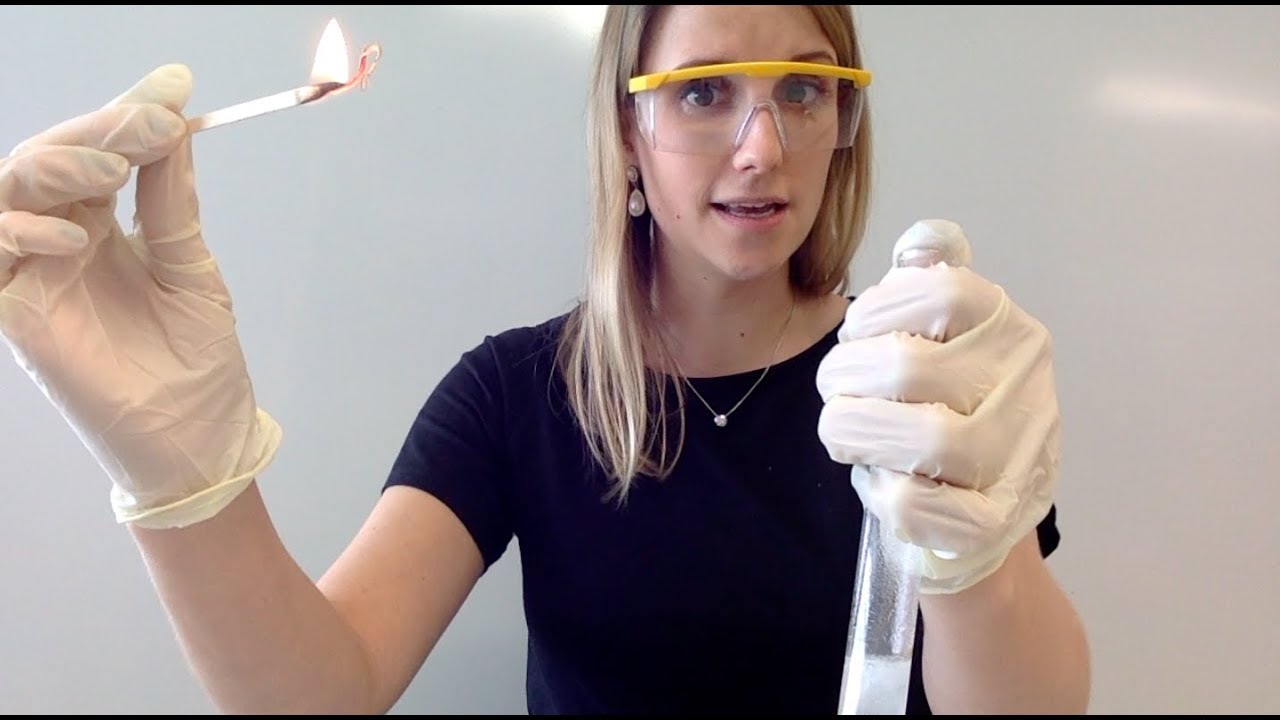How to test for Hydrogen Gas

As far as hydrogen is concerned, such liquid phase reactions do not exist at present. So it is not yet possible to prove the presence of hydrogen by reacting different chemically active substances with one another.
However, there are also other methods that allow us to do this. Testing for hydrogen gas is an important part of ensuring that the environment is safe and secure. Hydrogen gas can be dangerous if it leaks and accumulates in an enclosed space, so it’s essential to know how to test for it.
This article will walk you through the process of testing hydrogen gas and highlight the most important safety considerations.
What is Hydrogen gas
Hydrogen gas is an efficient energy carrier, which can be produced through biological pathways as an environmentally friendly alternative to fossil fuels.
What is Hydrogen gas used for?
Hydrogen can be used in fuel cells to generate electricity, or power and heat. Today, hydrogen is most commonly used in petroleum refining and fertilizer production, while transportation and utilities are emerging markets.
How to test for Hydrogen gas
1. Prepare the test site
The first step of testing hydrogen gas is to prepare the test site. You will need to ensure that the test area is free from any combustible materials and that the air is free of any moisture or other contaminants. It is also important to make sure that there are no electrical devices in the area, as they could create sparks which could potentially ignite the hydrogen gas.
2. Obtain the necessary equipment
You will need to obtain the necessary equipment for testing hydrogen gas. This includes a pressure gauge, a test tube, a hydrogen gas detector, safety glasses, and a spark igniter. All of these items should be available from any well-stocked hardware or scientific supply store.
3. Calibrate the pressure gauge
Once you have the necessary equipment, you will need to calibrate the pressure gauge. This can be done by attaching the gauge to a hydrogen gas cylinder and then measuring the pressure in the chamber at different levels. Once the gauge is properly calibrated, you can start the test.
4. Testing the Hydrogen gas
Now that you have the necessary equipment, you are ready to begin testing the hydrogen gas. The test requires you to fill the test tube with a known quantity of hydrogen gas, close it, and then insert the test tube into the pressure gauge. The gauge will then measure the pressure of the hydrogen gas and provide you with a reading. If the pressure is within the desired range, then the hydrogen gas is safe.
- Advertisement -
5. Safety considerations
It is important to be aware of the potential safety hazards associated with testing hydrogen gas. Always make sure that there are no open flames in the area, as the hydrogen gas could easily ignite. Additionally, all of the test equipment should be inspected for any signs of wear and tear before use.
What does hydrogen do to humans?
High concentrations of this gas can cause an oxygen-deficient environment. Individuals breathing such an atmosphere may experience symptoms which include headaches, ringing in ears, dizziness, drowsiness, unconsciousness, nausea, vomiting and depression of all the senses.
Environmental effects of hydrogen
1. Hydrogen in the environment
Hydrogen forms 0.15 % of the earth’s crust, it is the major constituent of water. 0.5 ppm of hydrogen H2 and varial proportions as water vapour are present in the atmosphere. Hydrogen is also a majosr component of biomass, consituing the 14% by weight.
2. Environmental stability
Hydrogen occurs naturally in the atmosphere. The gas will be dissipated rapidly in well-ventilated areas.
3. Effect on plants or animals
Any effect on animals would be related to oxygen deficient environments. No adverse effect is anticipated to occur to plant life, except for frost produced in the presence of rapidly expanding gases.
What is the easiest way to get hydrogen?
The two most common methods for producing hydrogen are steam-methane reforming and electrolysis (splitting water with electricity).
Final words
Testing hydrogen gas is a relatively simple process, but it is important to ensure that all safety protocols are followed. By following these steps and taking the necessary safety precautions, you can ensure that the hydrogen gas is safe and that it performs as expected.


